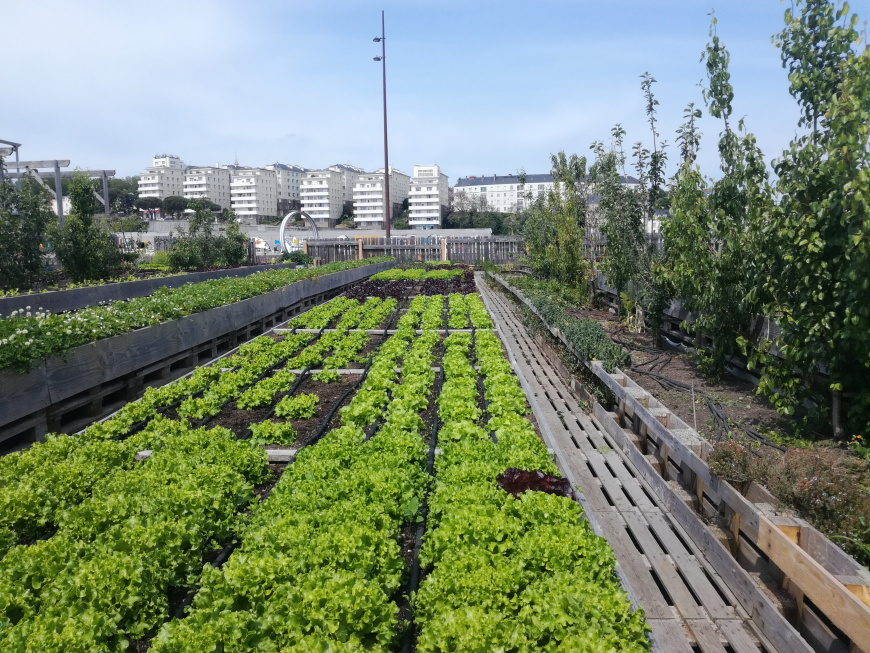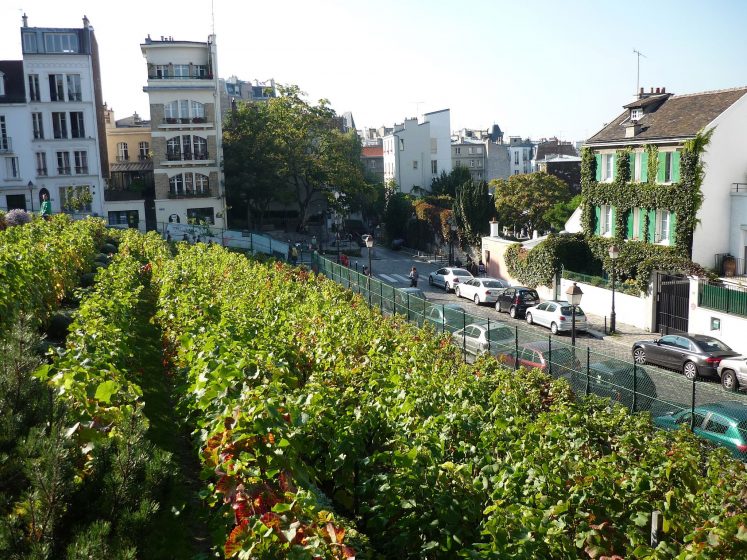What Does City Blooming Do?
What Does City Blooming Do?
Blog Article
City Blooming for Beginners
Table of ContentsSome Of City BloomingOur City Blooming IdeasCity Blooming - An OverviewThe 9-Second Trick For City BloomingCity Blooming Things To Know Before You Buy
Interested in growing food to buy in the City of Chicago? Considering beginning a community garden? Modifications to the Chicago Zoning Regulation enable agricultural usages like community gardens and urban ranches in many components of the city. Below is a list of frequently asked concerns pertaining to the policies and regulations that cultivators need to consider when preparing a city agriculture job.
The zoning modification does not modify any type of other codes taking care of composting, structure licenses, purchasing or leasing City possessed home, service licenses or ecological contamination. There are existing codes that control these problems and they stay completely effect and may apply to your job. Neighborhood yards are typically owned or handled by public entities, public organizations or community-based organizations and preserved by volunteers.
Urban ranches grow food that is planned to be offered, either on a not-for-profit or for-profit basis. As a result of their industrial function, urban ranches call for a service license. Yes. A neighborhood yard is enabled to sell excess produce that was expanded on website if the sales are accessory or subordinate to the garden's key objective described over.
Indicators on City Blooming You Need To Know
Composting is enabled however just for plant product that is created and utilized on website. The quantity of garden compost product can not go beyond 25 cubic backyards at any kind of given time according to the standards in 7-28-715 of the City's Municipal Code. Yes. Since the dirt at most brand-new garden sites needs amending, compost, soil, wood chips, or other products can be obtained to create or boost the expanding room - City gardening.

If a building permit is called for then the hoophouse will certainly be thought about an accessory building. You can find out even more about the structure permit needs by calling the Department of Structures. The 25,000-square-foot dimension limit is intended to stop a single area yard from dominating an offered block or diminishing the block's existing property or commercial personality.
The limit does not put on yards situated in Public Open Space (POS) areas. Can there be greater than one neighborhood yard that is 25,000 square feet on a solitary block? Yes. The size limit relates to individual gardens, not to specific blocks. No. Fencing is not called for, nevertheless, yards that have big car parking areas may be called for to install secure fencing or various other landscape design functions.
All about City Blooming
B1 & B2 areas require that all commercial use tasks be performed inside your home. R areas restrict business activity. The guidelines mirror the objective and intent of the Zoning Code. Is secure fencing needed for metropolitan farms? Yes. Fencings might be called for, together with landscaping and screening, for sure auto parking locations and outside work or storage space locations depending on location and the certain task happening.
Yes. Urban ranches call for building authorizations and zoning authorizations prior to construction. Various other kinds of city testimonial may be needed relying on particular frameworks, tasks, dimension, landscape design, licensing, public health and stormwater monitoring issues. A lot of these requirements are identified in the project design or permitting process, however, the applicant may be liable to individually recognize certain licenses or allows get redirected here that might be required.
The Department of Company Matters and Customer Defense can help figure out the particular kind of organization certificate that's called for. Off road car parking is required for a lot of commercial tasks in Chicago. The needed number of vehicle parking rooms is based on the number of staff members working on website and not the square video of the growing room.
8 Easy Facts About City Blooming Explained

Yes. An urban ranch can offer compost product created on site, however, the operation has to adhere to the policies in 7-28-715 of the Chicago Municipal Code. Yes. Aquaponic systems are permitted indoors on urban farms in several zoning areas. However, a zoning evaluation and building authorization is called for in order to set up frameworks or systems and an organization permit is called for as explained over.
Up to 5 hives or swarms of honey may be kept as an accessory use. Beekeepers need to register with the Illinois Division of Farming. For more details about the suggested zoning amendment you may call the Division of Real Estate and Economic Growth, Bureau of Planning and Zoning at 312.744.8563.
, which takes location in country locations at the side of suburbs.
Not known Incorrect Statements About City Blooming
It can entail a movement of natural farmers, "foodies" and "locavores", that seek to form social networks based on a common ethos of nature and neighborhood holism. These networks can develop using official institutional support, coming to be integrated right into local community preparation as a "shift community" activity for sustainable metropolitan advancement.
In either situation, the a lot more straight accessibility to fresh veggie, fruit, and meat items that might be understood with city agriculture can enhance food safety and food safety and security while decreasing food miles, leading to lower greenhouse gas emissions, therefore adding to climate modification mitigation. Some of the first evidence of metropolitan agriculture comes from Mesopotamia.
Report this page